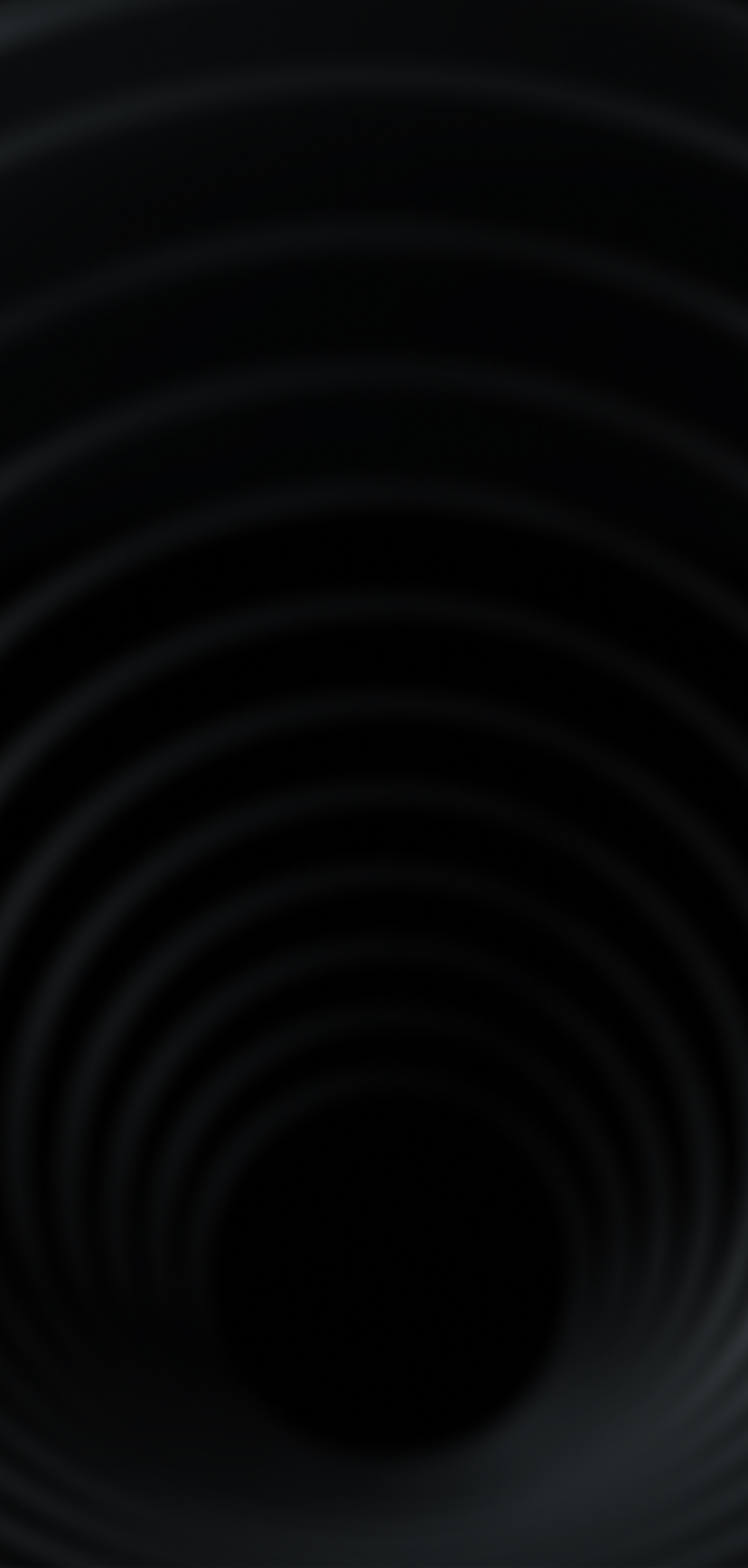
Based upon multi-year interdisciplinary research on the Buddhist culture of dance in Dunhuang, the Cave Dance project harnesses the power of machine learning to bring new insights into the ancient dance forms.
Embodied Architecture pursues a new way of telling the master narrative of Chinese architectural history. The project centers upon a question: what is the logic and language of design that fundamentally informs Chinese architecture?
Mining the intersections of humanistic research and new media technology, CAMLab explores a series of Buddhist temples as case studies that unveil the deeper logic of image making and spatial narratives in Chinese art and architecture.
China Builders transforms the extraordinary careers of pioneering architects into multimedia experiences, inviting contemporary audiences to rethink the history, education, and practice of architecture in modern China.
The art film To the Moon reinterprets the artistic and cognitive journey of Liu Kuo-sung. Enriched by historical footage and experimenting with visual design, the film traces the arc of Liu’s ambulatory life, moving from his birthplace in Anhui, throughout war-torn mainland China, and eventually across the strait to Taiwan.
Digital Gandhara aims to preserve fast-disappearing Buddhist art and architecture by combining a global research effort with cutting-edge digital technologies.
Through 3D scanning, digital modeling, data visualization, machine learning, and multimedia storytelling, this project creates an immersive online environment that allows scholars and the general public to virtually experience the Buddhist sites of Gandhara.
As a sister project to Digital Luoyang, Luoyang Soundscape explores the acoustic fabric of the ancient cosmopolis, Luoyang—the world’s largest city during the sixth century.
Using historical documents and archeological findings, the team examined the soundscape of daily life across Luoyang’s different zones—from the acoustic jubilance of urban festivals to the cacophonies of war and urban disasters.
Shadow Cave addresses a foundational myth of Buddhist art originating around the year 400 CE in the region of Nagarahāra (in present-day Afghanistan), part of the kingdom of Gandhāra. There the Buddha is said to have leaped into the wall of a cliffside grotto, imprinting on it a “shadow image” that was radiantly reflective like a mirror when seen from afar but disappeared into the rocky surface upon approach.

